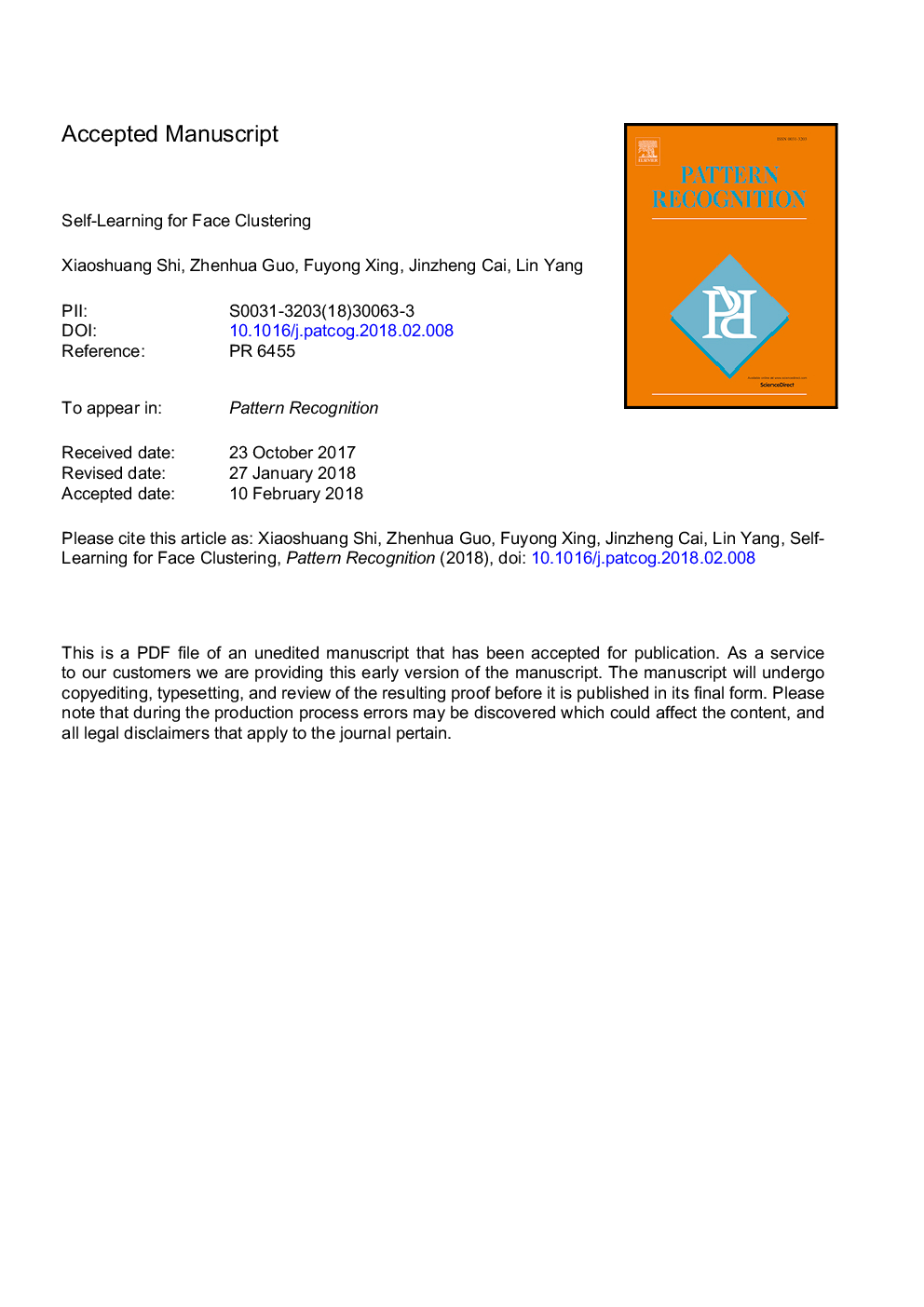| Article ID | Journal | Published Year | Pages | File Type |
|---|---|---|---|---|
| 6938996 | Pattern Recognition | 2018 | 40 Pages |
Abstract
In this paper, we simulate the learning way of human to propose a self-learning framework for face clustering. Specifically, we first perform a decorrelation operation on face images through patch-based two-dimensional reconstruction, which has a similar function to the retina. Then we group the semantically similar faces by using a novel self-paced learning model, which is inspired by three major observations: (i) The learning process of human gradually proceeds from easy to complex tasks; (ii) The prior knowledge of human might change with the increase of learned experience; (iii) More prior knowledge usually leads to better prediction accuracy. Experiments on benchmark face databases demonstrate the effectiveness and efficiency of the proposed framework.
Keywords
Related Topics
Physical Sciences and Engineering
Computer Science
Computer Vision and Pattern Recognition
Authors
Xiaoshuang Shi, Zhenhua Guo, Fuyong Xing, Jinzheng Cai, Lin Yang,
